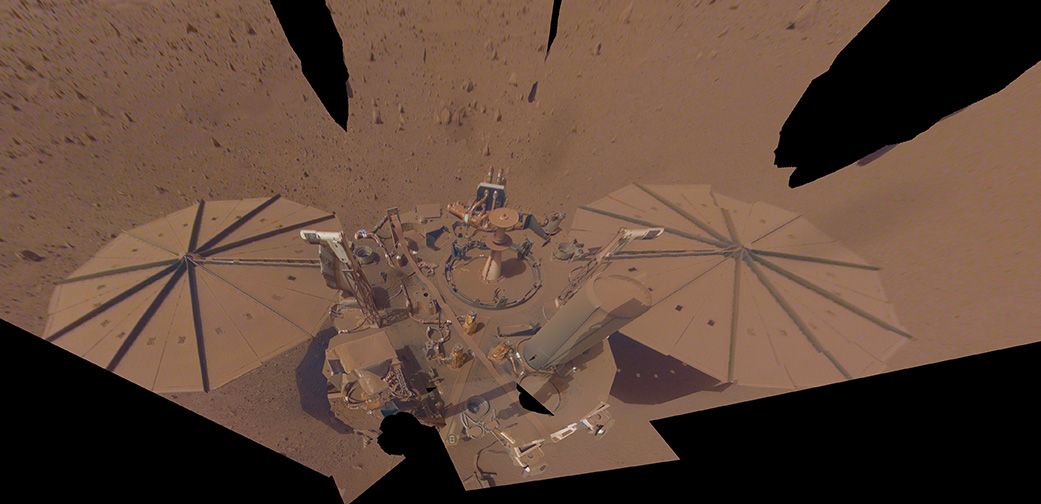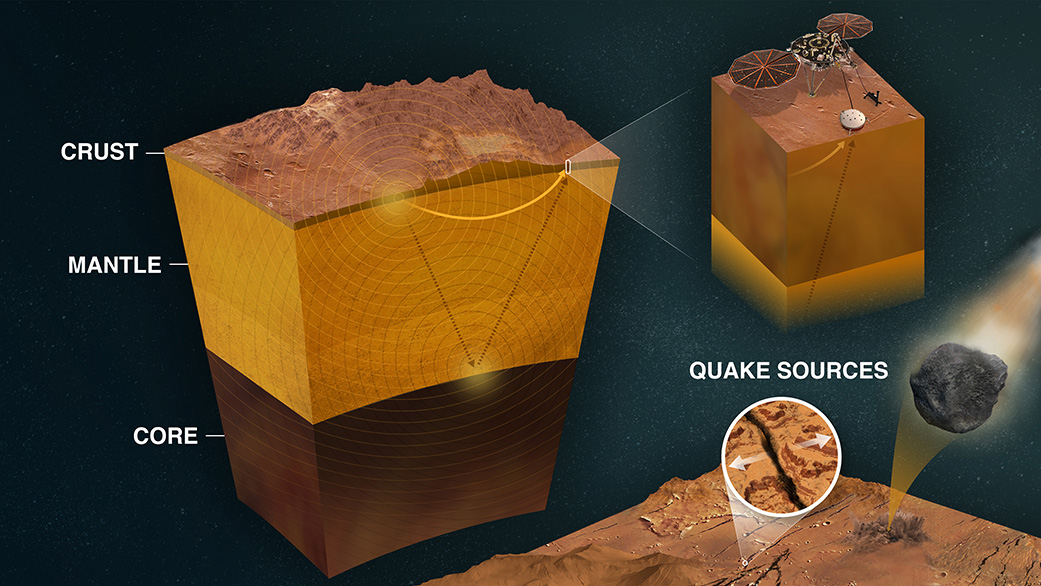NASA Extends InSight Mars Lander’s Mission

NASA’s InSight lander is at the final chapter of its mission by the end of June but in the latest update, NASA has approved an extended mission of the Insight on Mars.
The extended mission will allow the lander to operate for a few more weeks, and it would end between August and September.
Lori Glaze, director of NASA’s Planetary Science Division in Washington said that there’s still much to accomplish with Insight. She commented, “We’re going to get every last bit of science we can before the lander concludes operations.”
Due to the limited amount of energy left to the Insight lander, NASA scientists had to adjust the timing of the lander’s mission in order to make the most of its scientific research mission.
As previously planned, Insight would automatically power down the seismometer – its last active science instrument – by the end of June to preserve energy. The solar panel energy empowers the lender to work to a certain extent, probably until next December.
Chuck Scott, InSight’s project manager at NASA’s Jet Propulsion Laboratory said that instead of conserving energy and functioning the spaceship with no scientific benefit, “the goal is to get scientific data all the way to the point where InSight can’t operate at all.”
Successfully landed on Mars in 2018, InSight (Interior Exploration Using Seismic Investigations, Geodesy, and Heat Transport) is a robotic lander designed to explore Mars’ innards.
The purpose of InSight is to put a lander equipped with seismometers and heat transport probes on the surface of Mars to research the planet’s geology and internal evolution.
The spaceship is the product of a lengthy research process, sophisticated calculations, and exact directives.
Throughout its years of operation, Insight has probed Mars’ innards to measure temperature and tremors in order to better understand the planet’s genesis history and prospective geological evolution.
The spacecraft has sent valuable information about the depth and composition of the Martian core and mantle to scientists. The lander has detected over 1,300 tremors, making significant contributions to the universe exploration mission of NASA.


 Tech Steel & Materials
Tech Steel & Materials